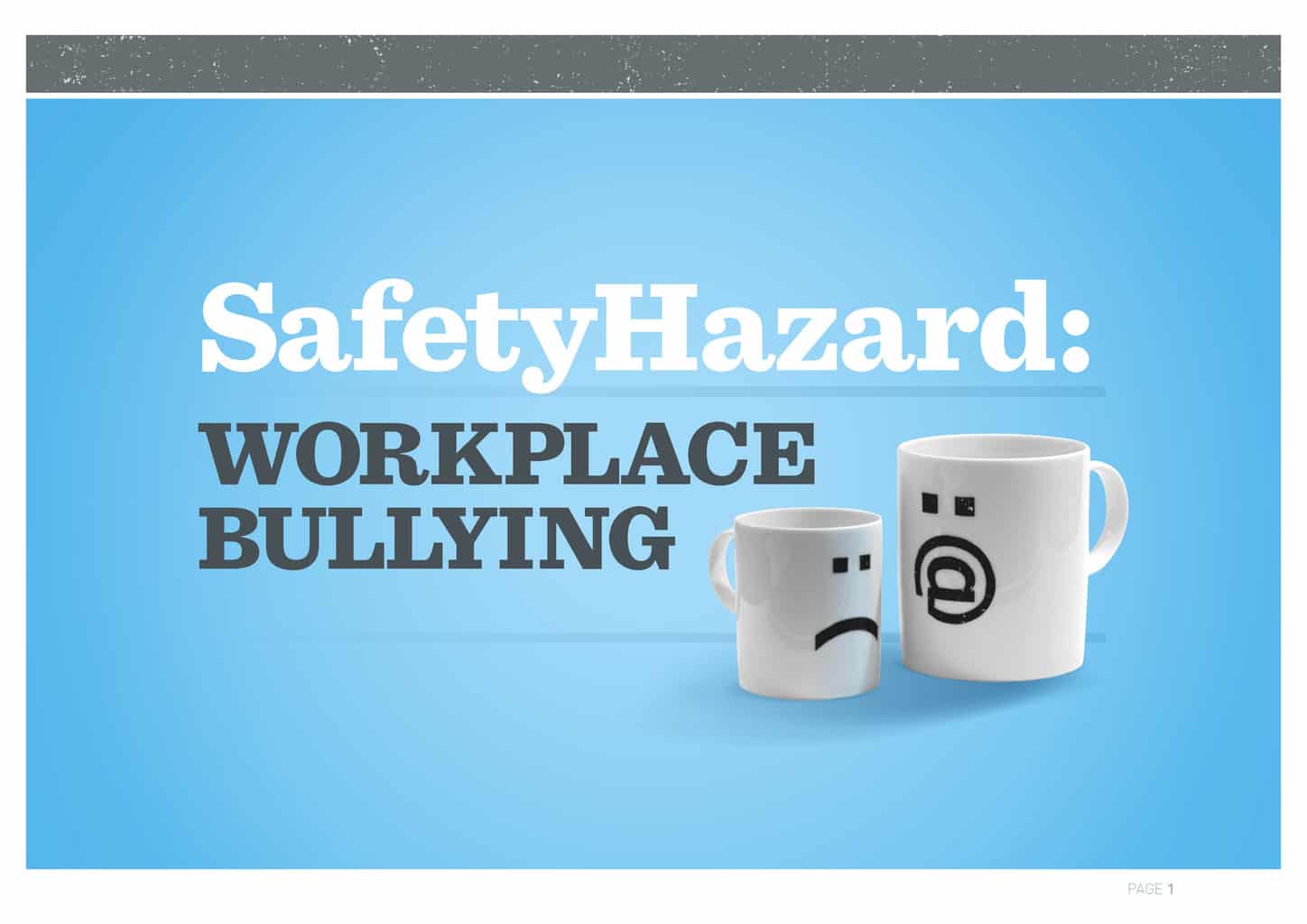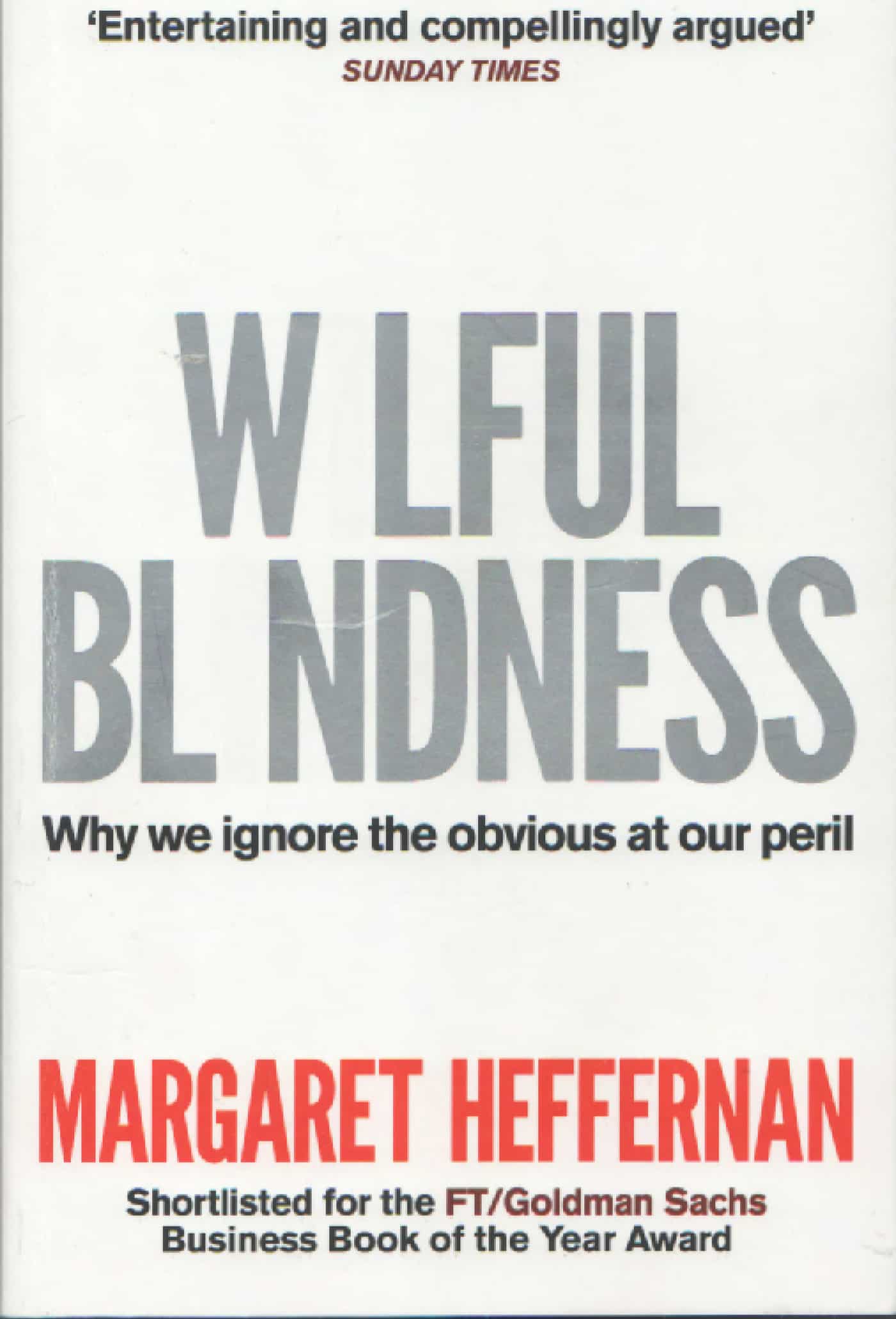The Melbourne public hearing in support of the Parliamentary Inquiry into Workplace Bullying has concluded after over an hour of personal impact statements that were confronting, saddening but, overall, defiant.
 The hearing began more sedately and predictable. The employers’ association, ACCI, says that workplace bullying is a broad social issue that needs broad social control measure. In rough translation, “it’s not our problem”. The employers also see everything in terms of industrial relations so prevention of harm rarely features in recommendations.
The hearing began more sedately and predictable. The employers’ association, ACCI, says that workplace bullying is a broad social issue that needs broad social control measure. In rough translation, “it’s not our problem”. The employers also see everything in terms of industrial relations so prevention of harm rarely features in recommendations.
The ACTU stressed that workplace bullying IS a workplace issue and therefore should be principally “managed” under occupational health and safety laws. Continue reading “Workplace bullying inquiry followed the script, mostly”



